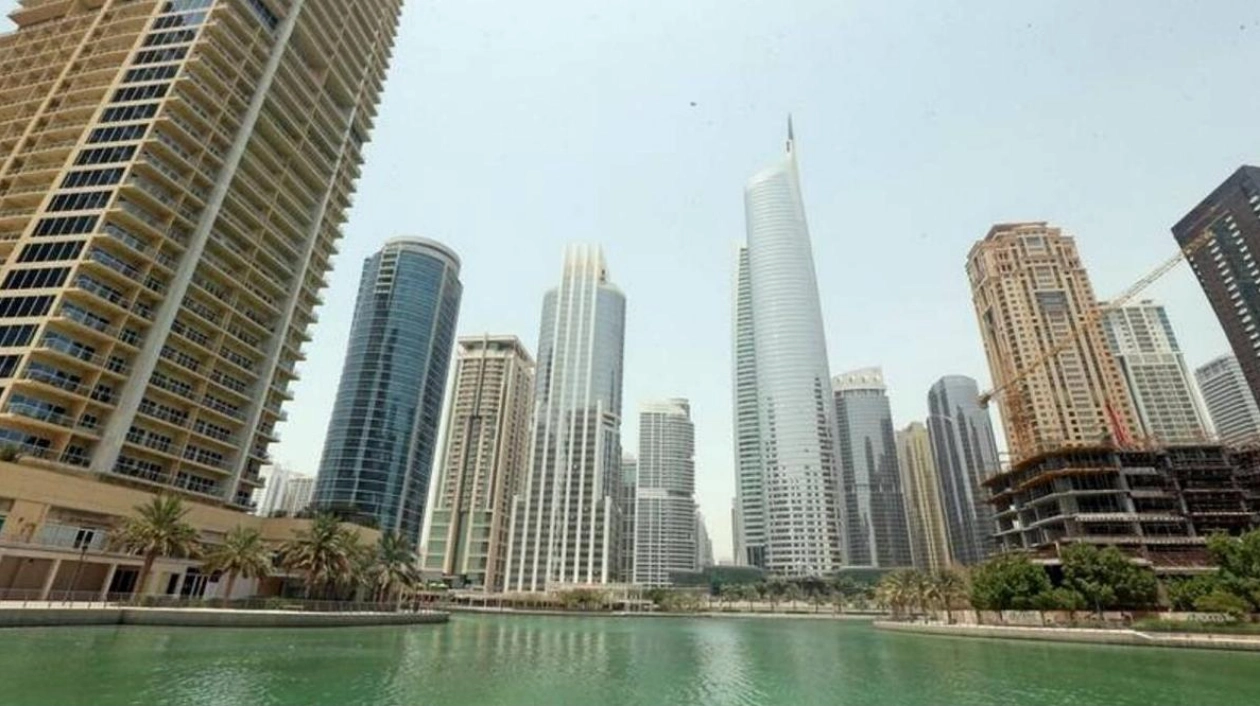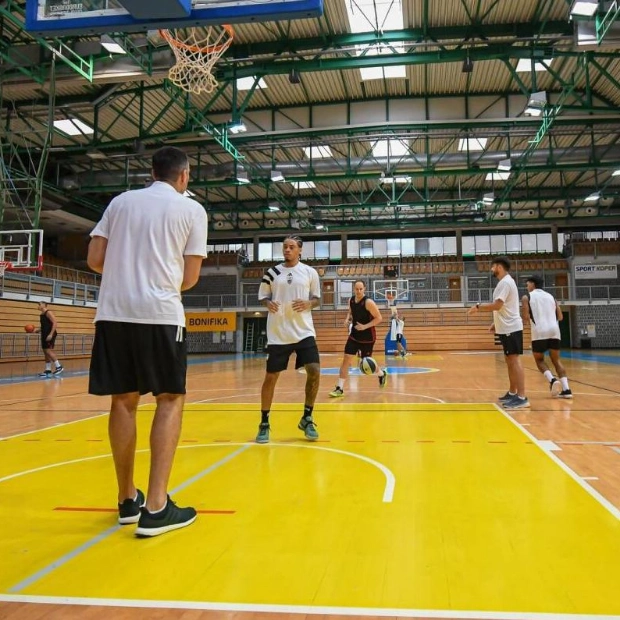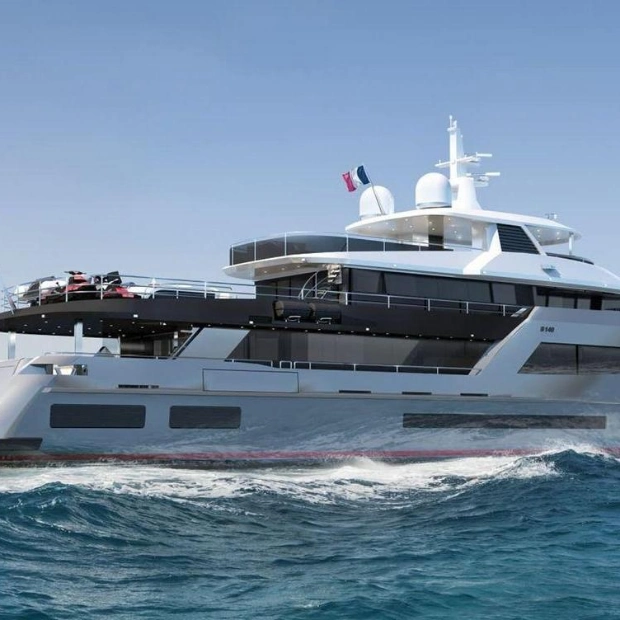As modern cities progress at an unprecedented rate, urban development is also changing to meet the needs of diverse communities. Over the years, various factors have guided this evolution, with mixed-use projects being a significant one. By integrating residential, commercial, and recreational spaces, mixed-use projects create distinctive environments where people can live, work, or fulfill their lifestyle needs within a single neighborhood. The UAE, known for its diverse population, considers these developments a necessity rather than a trend. It reflects the region's dedication to sustainable development and aims to set a standard for environmental consciousness, connectivity, convenience, and improved quality of life.
One of the main advantages of mixed-use developments is their ability to promote sustainable urban growth. By combining residential, commercial, and leisure spaces, these developments minimize the need for long commutes, which helps reduce traffic congestion and carbon emissions. In the UAE, this aspect is particularly important as the country prioritizes sustainability in all its strategies. Additionally, in cities like Dubai and Abu Dhabi, mixed-use projects are often seen as high-end, luxury spaces due to their ability to cater equally to residents and tourists, offering a range of amenities including office spaces, retail outlets, restaurants, parks, and cultural venues.
The strategic placement of mixed-use developments in the UAE aligns with the government's vision. For example, the Dubai Urban Master Plan 2040 aims to transform the city into a model of sustainability, efficiency, and connectivity. The UAE's commitment to sustainability is also evident through initiatives like the UAE's Green Agenda 2030, which aims to preserve social development and quality of life while reducing emissions and energy consumption to less than 100 kilowatt-hours per capita. Similarly, Abu Dhabi's Estidama Pearl Rating System encourages sustainable construction methods, focusing on developing resilient, adaptable, and forward-thinking communities.
From an economic perspective, mixed-use projects offer a strong return on investment. Their diversified nature attracts a variety of tenants and customers, benefiting developers and stakeholders who are not reliant on a single type of property or market segment. The combination of residential and commercial spaces ensures a steady flow of foot traffic, benefiting businesses and service providers within the development. Designed to be more than just living or working spaces, mixed-use projects foster community connections and social interaction through parks, public plazas, and cultural venues, creating a strong sense of belonging in an increasingly digitalized world.
Although not a new concept, mixed-use developments have gained momentum in recent years as a strategic response to urbanization challenges and opportunities. Widely adopted by cities prioritizing sustainability, economic vitality, and community engagement, mixed-use developments are expected to play a crucial role in shaping future urban landscapes and creating vibrant environments for people.






